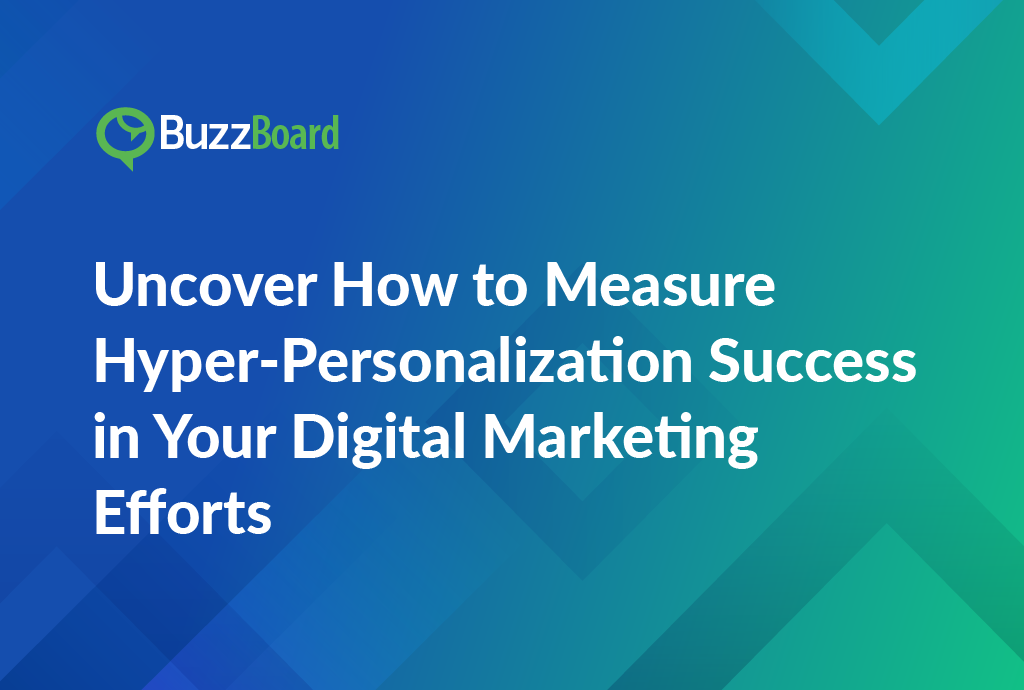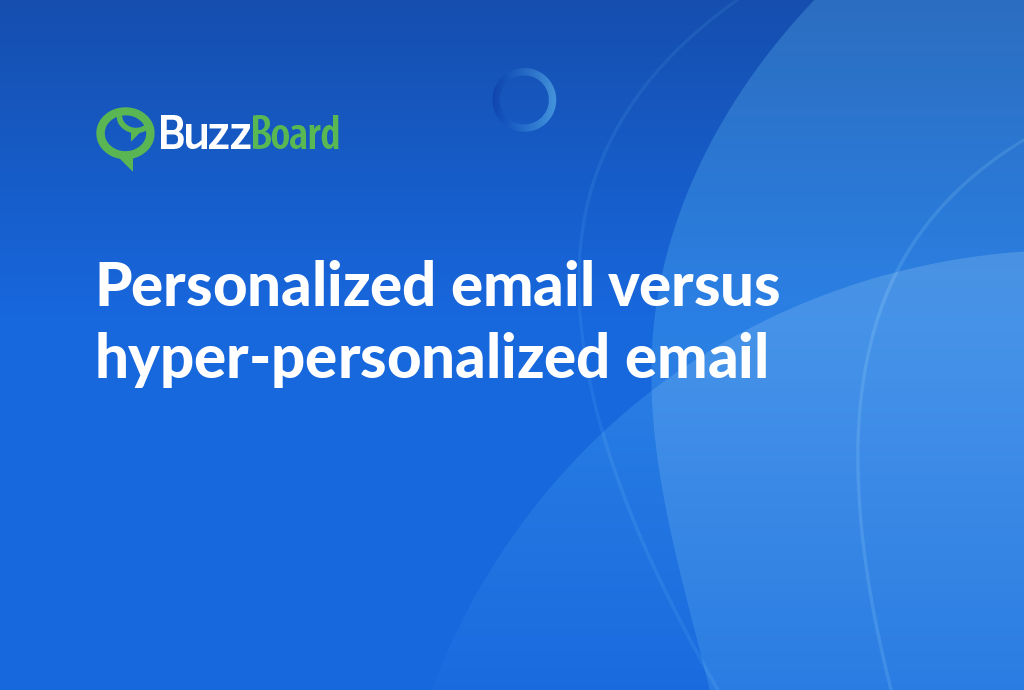Measuring hyper-personalization success in digital marketing requires a data-driven approach. To get started, track key metrics such as conversion rates, customer lifetime value, and return on ad spend. Additionally, monitor user engagement metrics like click-through rates, time spent on site, and bounce rates. Use A/B testing and experimentation to identify the most effective personalization strategies and optimize your approach accordingly. By focusing on these metrics, you can effectively measure the success of your hyper-personalization efforts and make data-driven decisions to drive business growth.
What Are the Specific Metrics to Measure the Success of Hyper-Personalization in Digital Marketing?
As sales representatives targeting small businesses and local firms, it’s crucial to understand how to gauge the success of hyper-personalization in your digital marketing tactics. Hyper-personalization, an advanced version of personalization that utilizes real-time data, can significantly bolster your client’s campaign performance.
In practice, hyper-personalization may comprise personalized email marketing, product recommendations, and tailor-made content targeted specifically at the user behavior, interests, and needs. Employing this strategy judiciously for small businesses can enhance conversion rates, customer engagement, and customer loyalty.
Here are a few key metrics to consider when assessing the success of hyper-personalization:
These metrics enable sales reps to evaluate quantitatively the efficacy of their hyper-personalization tactics and modify digital marketing strategies as needed.
Keeping these factors in mind, are you thoroughly monitoring your hyper-personalization campaign’s success? By grasping these metrics comprehensively, your agency can deliver incomparable service to small businesses.
Unpacking the Strategies on How to Effectively Measure Hyper-Personalization in Your Marketing Campaigns
As sales representatives at digital marketing agencies, it’s crucial to grasp the significance of hyper-personalization in your marketing endeavors, particularly when focusing on small and local businesses. Hyper-personalization involves aligning your marketing efforts with each customer’s preferences, creating a unique and engaging brand experience that resonates with them on a deeper level. This approach enables you to build strong, long-lasting relationships with your customers, increasing loyalty and driving business growth.
Before measuring the success of hyper-personalization, it’s essential to get the basics right. Conduct an exhaustive analysis of customer data, including demographics, psychographics, browsing history, purchasing behavior, and other relevant metrics. This data-driven approach will provide a comprehensive understanding of your customers, their requirements, and preferences. Use advanced AI and machine learning algorithms to analyze this data, uncovering hidden patterns and correlations that can inform your marketing strategies.
Next, implement hyper-personalization based on data analysis. Customize marketing communications, messages, emails, advertisements, products, services, and webpage experiences to each customer’s tastes and preferences. This can be achieved through various tactics, such as:
- Using customer data to create targeted email campaigns that speak directly to their interests and needs
- Developing personalized product recommendations based on their browsing and purchasing history
- Creating customized landing pages that cater to their specific search queries and preferences
- Offering tailored promotions and discounts that resonate with their purchasing behavior
- Using AI-powered chatbots to provide personalized customer support and engagement
Evaluating the success of hyper-personalization requires tracking key performance indicators (KPIs) that provide a comprehensive view of your marketing effectiveness. Some essential metrics to monitor include:
- Engagement rate: Measure the percentage of customers who interact with your marketing content, such as opening emails, clicking on links, or engaging with social media posts.
- Conversion rate: Track the percentage of customers who complete a desired action, such as making a purchase, filling out a form, or signing up for a newsletter.
- Customer retention rate: Monitor the percentage of customers who continue to engage with your brand over time, indicating loyalty and satisfaction.
- Customer lifetime value (CLTV): Calculate the total value of each customer over their lifetime, taking into account their purchasing behavior, frequency, and average order value.
- Customer satisfaction (CSAT): Measure customer satisfaction through surveys, feedback forms, or Net Promoter Score (NPS) to gauge their overall experience with your brand.
- Net Promoter Score (NPS): Track the percentage of customers who are likely to recommend your brand to others, providing insight into their loyalty and advocacy.
- Return on Ad Spend (ROAS): Monitor the revenue generated by each marketing campaign, allowing you to optimize and refine your hyper-personalization strategies.
By tracking these metrics, you’ll gain a deeper understanding of your hyper-personalized marketing effectiveness and identify areas that require further refinement. This data-driven approach will enable you to make data-informed decisions, optimize your marketing strategies, and drive business growth.
In the intensely competitive digital landscape, hyper-personalization can be a game-changer for your brand. By delivering a genuinely personalized experience to your customers, you’ll differentiate yourself from competitors, build strong relationships, and drive long-term growth. Measuring the success of hyper-personalization is a crucial step in ensuring that your marketing efforts are aligned with your customers’ needs and preferences.
Get started with hyper-personalization today! With the right tools, strategies, and data analysis, you can transform your marketing campaigns into game-changers that yield actual results. By prioritizing hyper-personalization, you’ll be well on your way to building a loyal customer base, driving business growth, and establishing your brand as a leader in your industry.
Detailing the Real-World Examples of Hyper-Personalization in Action and How Success Was Measured
As sales representatives at digital marketing agencies specializing in small and local businesses, it is crucial to comprehend the metrics for hyper-personalization success. Hyper-personalization involves tailoring content and communication to each customer based on their behavior and real-time data. To evaluate its success, it is essential to establish tangible, quantifiable goals and match performance indicators.
A prime example of hyper-personalization in action is Starbucks, the global brand that leverages its mobile app to collect data such as purchase history, geographic location, and time of visit. This information is then used to deliver highly customized offers and communications. The success of this strategy is assessed via user engagement and increased sales metrics, including:
- Increased customer loyalty and retention rates
- Higher average order value
- Improved customer satisfaction ratings
- Enhanced customer experience through targeted promotions and offers
Amazon is another exemplary model of hyper-personalization, renowned for its pioneering usage of this strategy. Its recommendation algorithm is based on users’ purchase and browsing history, providing a highly personalized shopping experience. Amazon’s success metrics include:
- Augmented conversion rates
- Repeat visits and increased customer loyalty
- Average order value and revenue growth
- Enhanced customer satisfaction and retention rates
To replicate similar success, digital marketing agencies must implement hyper-personalization using data-driven strategies and monitor their influence on customer engagement and conversions. Effective metrics for measuring hyper-personalization success include:
- Click-through rates (CTR) and conversion rates
- Average order value (AOV) and revenue growth
- Customer retention and loyalty rates
- Customer satisfaction ratings and Net Promoter Score (NPS)
- Return on Ad Spend (ROAS) and Return on Investment (ROI)
Moreover, it is essential to remember that hyper-personalization goes beyond the simple use of a customer’s name in an email. It necessitates a profound grasp of their needs, preferences, and behaviors to create genuinely personalized experiences. This can be achieved by:
- Collecting and analyzing customer data from various sources, including social media, email, and website interactions
- Using machine learning algorithms to identify patterns and trends in customer behavior
- Creating targeted content and communication based on customer segments and preferences
- Continuously monitoring and optimizing hyper-personalization strategies to ensure maximum ROI and customer satisfaction
By understanding the metrics for hyper-personalization success and implementing data-driven strategies, digital marketing agencies can help small and local businesses create highly personalized experiences that drive customer engagement, conversions, and loyalty.
Exploring the Benefits and Challenges Digital Marketing Agencies Face in Measuring the Success of Hyper-Personalization Approaches
Navigating the complex digital marketing landscape, sales representatives often face the daunting task of quantifying the return on investment (ROI) from hyper-personalization strategies. By understanding how to measure the success of hyper-personalization, businesses can generate insightful analytics that are instrumental in refining their marketing approaches, ultimately driving growth and revenue.
Hyper-personalization involves leveraging data and sophisticated algorithms to deliver content tailored to individual user preferences, transcending the traditional ‘one-size-fits-all’ marketing strategy. This nuanced approach enables businesses to address the unique needs of each client, strengthening client engagement and fostering a deeper connection with customers. As a result, hyper-personalization often leads to improved conversion rates, increased customer loyalty, and a healthier bottom line.
However, measuring the success of hyper-personalization is not without its challenges. One significant hurdle is the issue of data privacy. As businesses delve deeper into customers’ personal space to better meet their needs, a lack of transparency could lead to backlash and damage to the brand’s reputation. Therefore, ethical data use is vital, and businesses must prioritize transparency and accountability in their data collection and usage practices.
Another challenge is mastering the complex technology driving hyper-personalization. Techniques such as artificial intelligence (AI) and machine learning (ML) require significant resource investment, which can be intimidating for smaller agencies or those without the necessary infrastructure. This puts smaller agencies at a disadvantage, making it difficult for them to maximize the potential of hyper-personalization.
To overcome these challenges, businesses must adopt a data-driven approach to hyper-personalization. This involves collecting and analyzing large amounts of data to gain insights into customer behavior, preferences, and needs. By leveraging this data, businesses can create targeted and personalized content that resonates with customers, driving engagement and conversion.
In addition, businesses must prioritize transparency and accountability in their data collection and usage practices. This includes providing clear and concise information to customers about how their data is being used and collected, as well as obtaining explicit consent for data collection and usage.
To measure the success of hyper-personalization, businesses can use a range of metrics, including:
- Conversion rates: Tracking the number of conversions generated by hyper-personalized content can help businesses gauge the effectiveness of their strategy.
- Customer engagement: Measuring customer engagement through metrics such as click-through rates, open rates, and social media engagement can provide insights into the success of hyper-personalization.
- Customer retention: Tracking customer retention rates can help businesses gauge the effectiveness of hyper-personalization in building long-term relationships with customers.
- Revenue growth: Measuring revenue growth can provide a comprehensive view of the impact of hyper-personalization on business performance.
Accurately measuring the success of hyper-personalization brings both opportunities and challenges. However, the potential for improved customer engagement, increased conversion rates, and a healthier bottom line makes it a valuable tool worthy of mastering. By adopting a data-driven approach, prioritizing transparency and accountability, and leveraging the right technology, businesses can unlock the full potential of hyper-personalization and drive growth and revenue in the digital age.
Discussing Emerging Trends and Forecasts Related to the Successful Deployment and Measurement of Hyper-Personalization in Digital Marketing
The landscape of digital marketing is undergoing a significant transformation, with hyper-personalization emerging as a key strategy for small and local businesses to connect with their customers. By leveraging data analytics and advanced technologies such as artificial intelligence (AI) and machine learning, businesses can deliver tailored services and messages that produce an unprecedented level of personal engagement.
So, how do sales representatives measure the success of hyper-personalization? The first step is to set specific and measurable benchmarks to evaluate the effectiveness of these strategies. This can include metrics such as:
- Increased customer engagement: Measured through metrics such as website traffic, social media engagement, and email open rates.
- Rise in sales conversions: Tracked through metrics such as conversion rates, sales revenue, and customer acquisition costs.
- Decrease in customer turnover rates: Measured through metrics such as customer retention rates, churn rates, and customer lifetime value.
By setting these benchmarks, sales representatives can gauge the impact of hyper-personalization on customer behavior and adjust their strategies accordingly. For instance, by analyzing customer browsing history, past purchases, and other behavioral data, marketing representatives can tailor email marketing campaigns to individual customers, increasing the likelihood of conversion and loyalty.
The successful implementation of hyper-personalization relies heavily on a deep understanding of customers’ needs, preferences, and habits. By using AI and machine learning algorithms, businesses can analyze vast amounts of data to predict customer behaviors and tailor marketing messages that resonate at a personal level. This can include:
- Personalized product recommendations based on customer purchase history and browsing behavior.
- Targeted advertising campaigns that speak directly to individual customers’ interests and needs.
- Customized content marketing that addresses specific pain points and concerns.
However, it’s essential for businesses to remember that while creating personalized customer experiences is the future, they must also prioritize customer privacy. Sales representatives at digital marketing agencies targeting local businesses need robust measurement tools to track the effectiveness of their hyper-personalization tactics while safeguarding consumer data.
To achieve this balance, businesses can implement measures such as:
- Obtaining explicit customer consent for data collection and use.
- Providing clear and transparent communication about data collection and usage practices.
- Implementing robust data security measures to protect customer data from unauthorized access or breaches.
- Regularly reviewing and updating data collection and usage practices to ensure compliance with evolving regulations and customer expectations.
By embracing hyper-personalization and prioritizing customer privacy, businesses can build strong, lasting relationships with their customers, drive growth and revenue, and stay ahead of the competition in the rapidly evolving digital landscape.
Conclusion
Measuring the success of hyper-personalization in digital marketing efforts is crucial to understanding its impact on customer engagement and conversion rates. The article highlights the importance of setting clear goals and KPIs, tracking user behavior and feedback, and leveraging data analytics tools to measure the effectiveness of hyper-personalization strategies. By implementing a data-driven approach, marketers can gain valuable insights into how customers respond to personalized content and experiences, and make data-informed decisions to optimize their campaigns.
The article emphasizes the need to move beyond traditional metrics such as click-through rates and conversion rates, and instead focus on metrics that measure the depth and quality of customer engagement, such as time spent on site, bounce rates, and customer satisfaction scores. By adopting a hyper-personalization measurement framework, marketers can ensure that their efforts are aligned with business objectives and drive meaningful results.
Ultimately, the success of hyper-personalization depends on the ability to collect, analyze, and act on customer data in real-time. By leveraging the latest technologies and strategies, marketers can create personalized experiences that resonate with customers and drive business growth. By following the guidelines outlined in this article, marketers can unlock the full potential of hyper-personalization and achieve measurable success in their digital marketing efforts.









